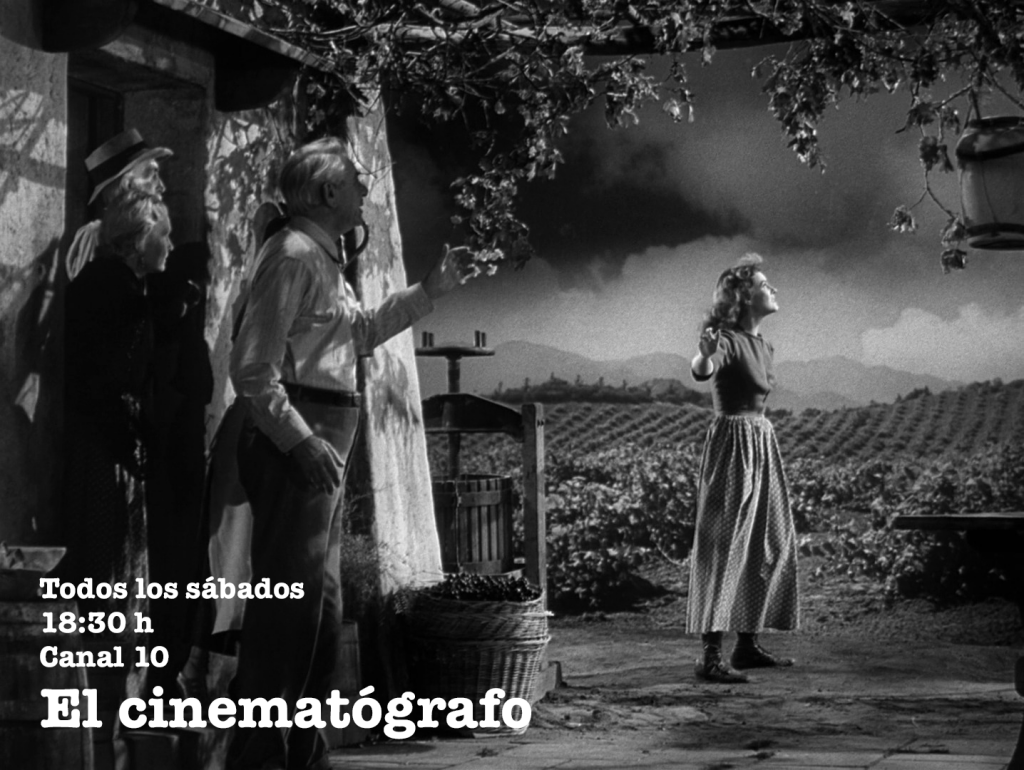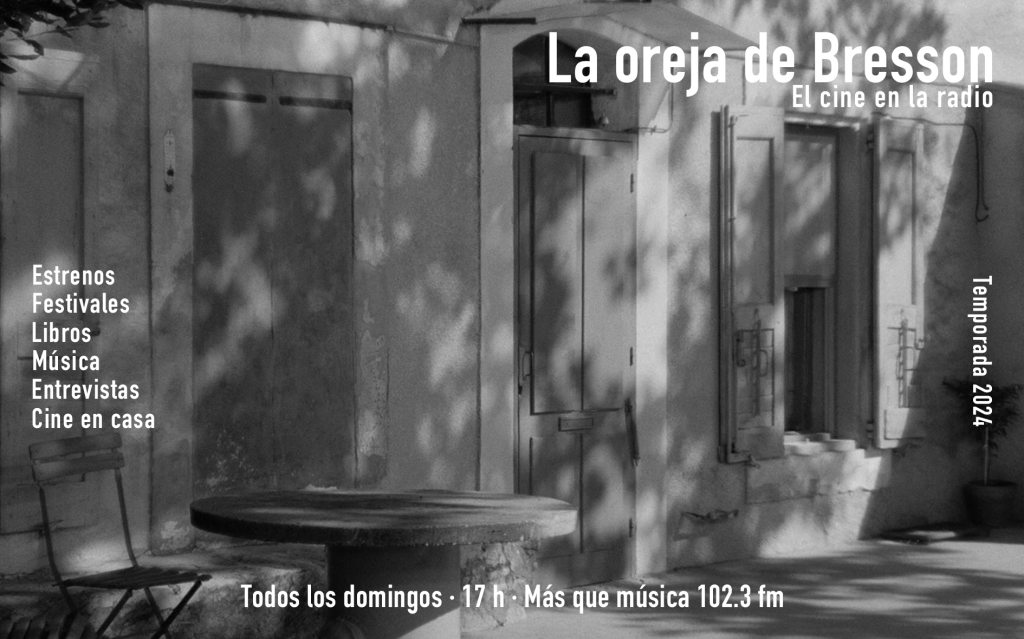
PLAYERS AND FILMMAKERS
In his first feature length film, in 1949, Jacque Tati showed that he understood better than anybody the coming global culture in a film that is, paradoxically, an almost ideal portrait of a French town. Far from expressing any chauvinism, Tati envisioned an unstoppable threat that he humorously described as an American modernization. In Jour de fête(The Big Day), he located the substitution of a way of life, kindly organized in leisure time and in the unproductiveness of merely being with others, in the eventual termination of the postal system as a mediating institution between people who send messages and objects.
The “American style” was the leitmotif of this new way of dispatching letters in which efficiency and acceleration transformed the waiting time, and also the transmission of involuntary affection, between the postman and the recipients. In 1949, Tati observed this incipient phenomenon, and almost twenty years later he extended that clairvoyance to the very organization of the modern city channeled and regulated by words in English and central and directional signs to a way of life. It has been 40 years since Tati has not belonged to the world of the living. He has some unusual heirs, such as Suleiman or Iosseliani, but none of them, probably, could make the comedy that we are missing today: the one that demonstrates how the international culture of present-day cinema has the expression the “American style” seared into its soul with a hot iron.
There was an Argentine film that timidly made an allusion to this problem. In El escarabajo de oro by Alejo Moguillansky the problem was delineated from the sidelines, and it was even stated unequivocally at the beginning. In that film, commissioned by a European festival, the Argentine filmmaker had to co-direct a dynamic story about a common interest with his peer from the old continent. The most illuminating part of the film is what happens behind the story. Indeed, inside the film a battle is waged over the what and the how of the film, and the speculations aroused by co-productions and an entire ubiquitous system that protects and finances contemporary cinema are also made explicit. That film ended up being a sketch, an approach to the idea that hardly added any protest from a nationalist spectator and defender of the European way in a German festival.
As in the film Playtime, the world of film festivals and their creative laboratories and floating training schools are full of English words: “pitching”, “treatment”, “players”, “line up”, “fee waiver”. A comical dictionary of terms could be a good starting point for a necessary ridicule of this global system of the domestication of cinema, a way of dismantling and piercing this system. Words, like people, can be distracted and linked in a referential system in which they lose some of their colloquial transparency and take on intriguing connotations. A good example is “player”. The term in English is not unambiguous, and the sound that can seduce, because it evokes a kind of state of mind that contains the concept of playing, is completely elided in what it designates in this theoretically imprecise but pragmatically effective universe. A “player” is an undefined agent whose appreciation and power of intervention can open the door for a film to participate in the festival circuit.
In the 1980s, the so-called “science of marketing” prevailed, an ungainly academic mosaic with epistemological pretensions that never led to a body of knowledge where concepts were amalgamated in a consistent and defined manner. It is a science of borrowing without great theoretical rigor that makes a pragmatic appropriation of concepts from disciplines such as economics, psychology, sociology and some other episteme. Keywords were invented, the synoptic table was consecrated, half-reasoned concepts were instituted and linked together by dynamic arrows that are nothing more than little drawings invested by unrecognized beliefs and a general discourse of the organization was vindicated. Institutions and non-governmental organizations were shaped by people who knew how to dynamize companies, guarantee the feeling of belonging to a brand and make their members feel civic pride around a linguistic currency encrypted in the word “excellence”. All united by the management of excellence, a symbol of the times.
That business culture or pedagogy of “marketing” quickly reached universities and the universe of the arts, including the cinema. It is enough to listen to a filmmaker talk about a film in a pitching session to verify two things: 1) the rapid learning of an entire generation of filmmakers capable of incorporating an eloquent oratory –almost always divorced from what is finally filmed– in pursuit of obtaining financing, and 2) the humiliation that can be sensed in some sensitive filmmakers who can never understand how they got to that stage where they have been trained to sell ideas and no longer feel the needs of the framing of a shot.
The delocalized complex of this global theory and practice shapes contemporary cinema, makes legitimate filmmakers circulate like tennis athletes in the annual competition circuits, regulates the poetics, orders the themes, rationalizes the duration of a film, guides the writing of film critics and tames audiences. It is the counterpart of global industrial cinema, be it American or Mandarin: the correlative inversion of a cinema of the present with many talented filmmakers at the mercy of a comfortable system devoid of anger.
Roger Koza / Copyleft 2022






Últimos Comentarios